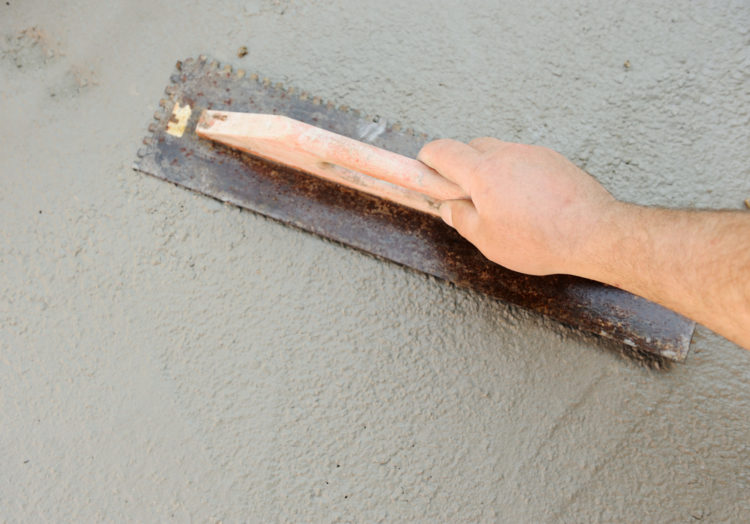According to the American Concrete Institute, every year 7 billion cubic meters of architectural concrete are produced globally. With such high demand, it is important to note that changes in the weather can affect architectural concrete, specifically when it is cold.
What Temperature?
This occurs when the temperature is below 40 degrees Fahrenheit (5 degrees Celsius) for more than three consecutive days. The ACI also regards the weather to be cold when the above temperatures persist for more than 12 hours.
If temperatures above 50 degrees Fahrenheit (10 degrees Celsius) occur during a 24-hour period when average temperatures are being calculated, then it is no longer regarded as cold weather (ACI Concrete Terminology).
The protection period is the time required to prevent concrete from being affected by the cold. Architectural concrete placed during cold weather will have enough strength and durability to meet requirements when it is properly produced, placed, and protected.
Period of Protection
As temperature decreases, the required period of protection also increases. The main purpose of cold weather concreting is to reduce damage to the concrete from freezing at young ages, make sure that the concrete has the needed strength for safe removal of forms, maintain conditions for curing to encourage normal strength development, reduce fast temperature changes, and provide protection which serves the ideal serviceability of the building.
Unlike warm weather, cold weather can be disadvantageous for newly poured architectural concrete. This is because of the crystallization process which occurs when concrete is mixed with water. This is crucial as the crystals allow the concrete to resist external pressure caused by frozen water particles within the structure. The crystals will still grow for a while even in cold temperatures. They will only stop growing if temperatures are below 15º, and the concrete will not cure to its full strength.
When weather conditions are ideal, the architectural concrete can achieve at least 500 Lbs per square inch of compressive strength in one day – but this is not easy to attain in cold weather. As such, contractors have acquired industry methods to cure the concrete faster, as if it is in warm weather.
Most importantly, never pour concrete directly onto frozen or thawed surfaces in cold weather. The frozen ground will settle as it thaws, and thus, architectural concrete poured at very low temperatures is susceptible to cracking. For more information, contact us today!



